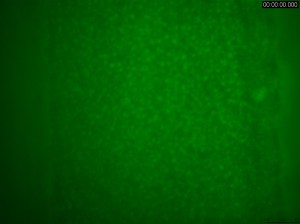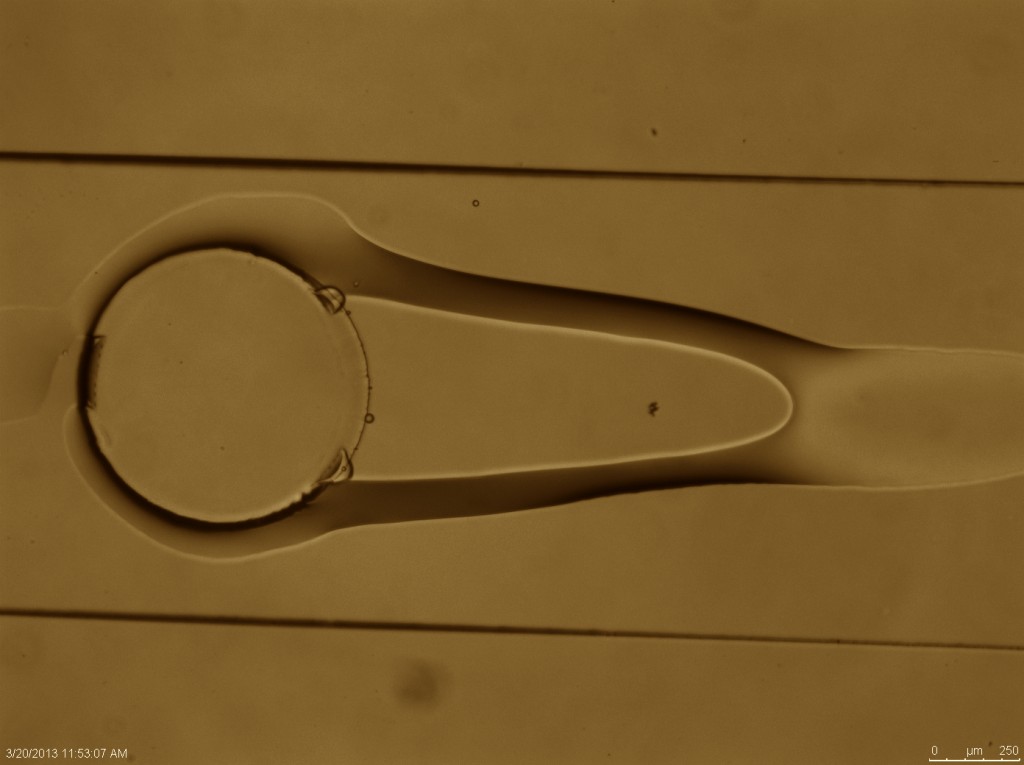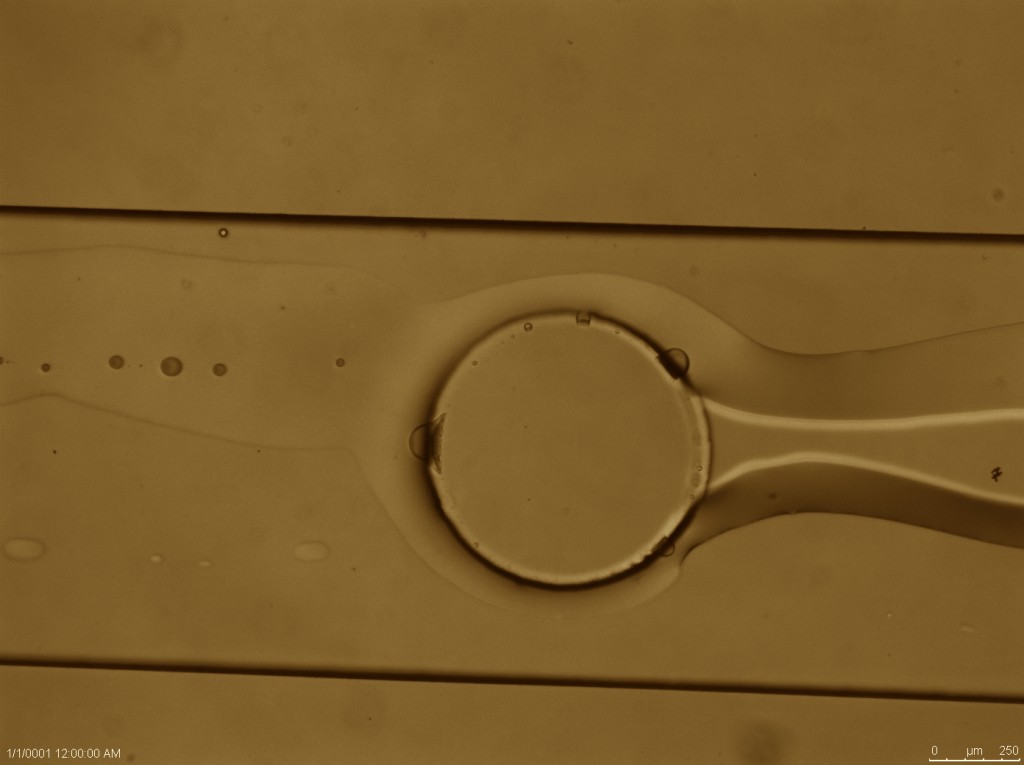
Biofilms are widely defined as bacteria consortia embedded in a self-secreted ‘gel’ matrix, primarily composed of polysaccharides and proteins, known as EPS (Extra-cellular Polymeric Substances). As such, biofilms are highly successful in providing bacteria with several advantages for their survival and proliferation; these include adhesive and cohesive binding, ensuring stability in a flowing environment, immobilization and storage of nutrients, and protection from antibacterial compounds. As a direct consequence of this successful strategy, biofilms may be found virtually anywhere, provided some nutrients are available. This ubiquity includes both natural and engineered environments, where biofilms may play a crucial role in both a positive and a negative manner. Examples of ‘positive’ biofilms include self-purification of natural waterways, and their engineered counterparts – biofilm-based water and wastewater treatment systems. Biofilm-based processes are also being developed in the bio-technological and chemical industries as a means of producing a wide range of useful chemicals, bio-fuels as well as the direct conversion of organic waste to electricity. On the ‘negative’ side, biofilms may result in severe deleterious impact on many processes. Examples include infections triggered by biofilm development on medical implants, increased resistance of heat-exchange equipment and clogging of filtration columns, water distribution pipes, drip irrigation emitters and membrane separation modules.
We use microfluidic channels combined with microscopy so as to probe the development of biofilms under flowing conditions, with the goal of elucidating the possible response of a biofilm to external stressors. Soft colloidal deposits and gels are also used as physical surrogates for biofilms and their flow-induced deformation will be examined. Concurrently, computational fluid dynamics will be employed to provide insight on the three-dimensional flow field that evolves whenever flow obstructions are present.
Particularly interesting cases are flows over an elastically compliant surface, ranging from slow flows typical of porous media to the high pressures and permeable conditions encountered in membrane-based desalination.
The above images (left and right) show snapshots of flow around a cylindrical obstruction in a micro-fluidic channel, where an ‘inner’ visco-elastic fluid is being deformed and stretched by an outer, less viscous, fluid. Such experiments may help shed light on how and why biofilm morphologies are affected by the velocity field.



